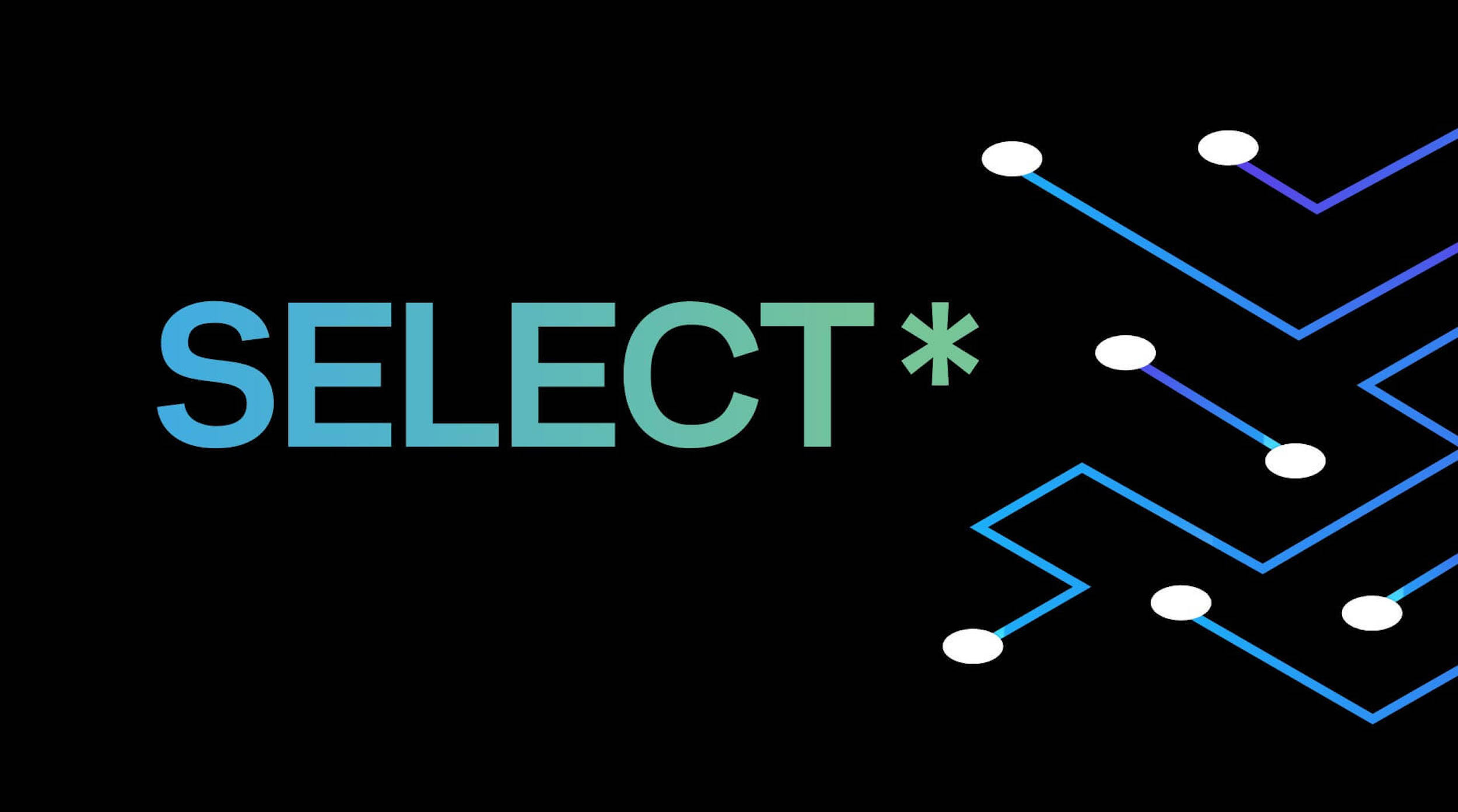Recently at HarperDB, we have been performing some proof of concept projects which demonstrate the ability to consume, process and distribute sensor data directly on the edge and in many cases directly on these actual devices. Some of the projects are with clients while there are others that we undertake ourselves for R&D. In the past month we have integrated a variety of sensors with HarperDB including GPS and OBD2 sensors for vehicles, and high performance electrical relays for industrial plants. The projects all have the same workflows and similar outcomes - collect high frequency sensor data, perform filtering and analytics directly on the edge and provide real-time pertinent events directly to end users. The edge database capabilities of HarperDB provide a platform for edge computing and analytics - allowing companies to keep up with the explosion of sensors and data.
Microprocessors with ARM architecture have become inexpensive yet powerful tools particularly for edge based computing. High performance tablets and smart phones have also become edge computing devices which allow companies to take advantage of existing devices - particularly in mobile applications. With the explosion of IoT devices, edge based collection and processing will become an important component of an overall OT solution as traditional cloud based solutions become costly and difficult to scale and maintain. Basically, there is too much data and a large percentage of this data is not valuable. By filtering and processing these data streams on the edge, the amount of noise can be significantly reduced along with the strain on backend systems that traditionally collect, store, and process everything.
The implementation is straightforward. First, select an edge device. We have been using Tinker Boards, Raspberry PI’s and other microprocessors that are $60 or less, and off the shelf Samsung tablets running the Android operating system. Then we install HarperDB on the devices, hookup the sensors to write to the local database and then configure logic for processing the data. We then configure a clustered version of HarperDB in the cloud. HarperDB allows users to cluster specific tables to other HarperDB nodes. This core capability forms the basis of the specific application design and is very effective for filtering out the noise and only sending pertinent data to other nodes. In the mobile example, the OBD2 sensor streams 9 or more parameters, once per second, but the user can choose to only report on the data once a specific threshold has been met. Processing this data locally will assure that the events are reported in real-time and will greatly reduce the noise and size of the dataset. In essence, to keep up with this rapidly expanding sensor network, find a method to get rid of the noise at its source.
Once the data collected on the edge is processed and filtered - the pertinent data can then be clustered to a centralized location where users can quickly access and make decisions. And this is where the rubber hits the road. Traditionally the data would be integrated into back-end operational control systems for machine control or conditional based maintenance. But by moving some of the AI analytics to the edge, the resulting data can be immediately acted upon using common tools such as Excel. Although there are more sophisticated and advanced reporting and analysis tools on the market, a majority of end users still use the tried and true Excel worksheet as their operational reporting system mainly because of its ease of use and familiarity with most end users. There are numerous articles regarding how prevalent Excel is used, with some research claiming that there are more than 750 million worldwide users, and that 5% of employee time is spent on average using the product. An interesting Excel usage study was published by Dartmouth which describes Excel usage from an analytical and best practices perspective.http://mba.tuck.dartmouth.edu/spreadsheet/. Certainly Excel is not a substitute for more robust data warehouses and operational data stores, but for fast departmental decision support Excel can solve immediate operational needs.
This is why HarperDB provides an Excel driver that allows users to access, report and manipulate their OT data using this ubiquitous tool. For engineers, operational personnel, and casual users, Excel provides an important bridge between their operational data and real decision support. And since the data sources are collected, filtered and analyzed on the edge, users can spend more time with their reports and less time aggregating and validating their data.
With the rise of sensor data providing real time decision support, edge based computing will play an important role in industry 4.0 applications. Using common tools such as Excel, provides users with the ability to make effective decisions from this growing pipeline of data.






.png)



.png)
